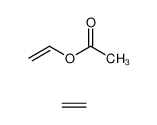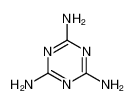| Product name | Trichlorosilane |
|---|
| Product number | - |
|---|---|
| Other names | trichlorosilyl hydride |
| Identified uses | For industry use only. Intermediates |
|---|---|
| Uses advised against | no data available |
| Company | MOLBASE (Shanghai) Biotechnology Co., Ltd. |
|---|---|
| Address | Floor 4 & 5, Building 12, No. 1001 North Qinzhou Road, Xuhui District, Shanghai, China |
| Telephone | +86(21)64956998 |
| Fax | +86(21)54365166 |
| Emergency phone number | +86-400-6021-666 |
|---|---|
| Service hours | Monday to Friday, 9am-5pm (Standard time zone: UTC/GMT +8 hours). |
Flammable liquids, Category 1
Pyrophoric liquids, Category 1
Acute toxicity - Oral, Category 4
Skin corrosion, Category 1A
Acute toxicity - Inhalation, Category 4
2.2 GHS label elements, including precautionary statements| Pictogram(s) | 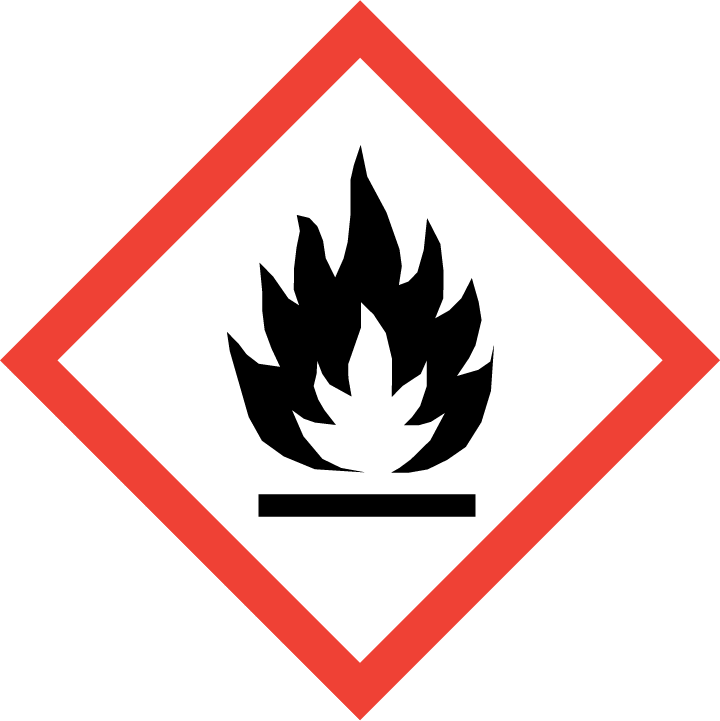 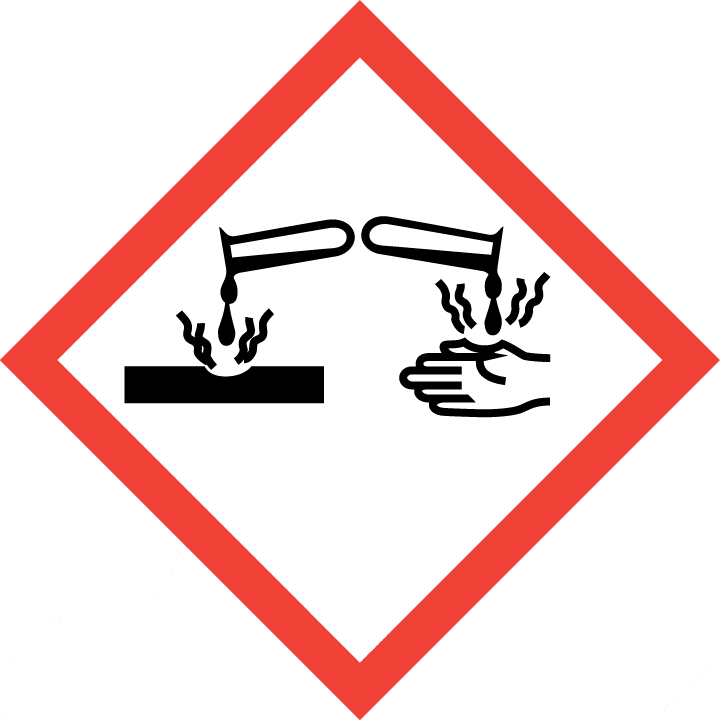 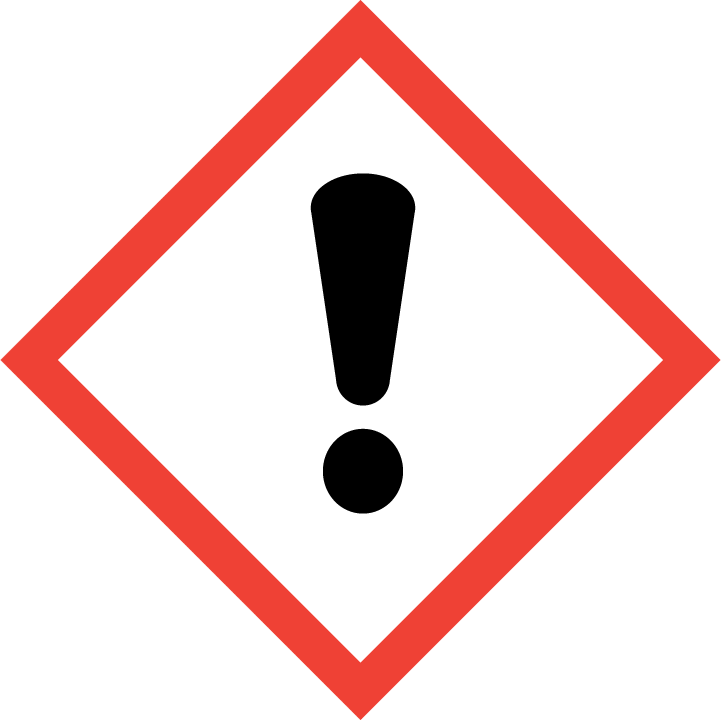 |
|---|---|
| Signal word | Danger |
| Hazard statement(s) | H224 Extremely flammable liquid and vapour H250 Catches fire spontaneously if exposed to air H302 Harmful if swallowed H314 Causes severe skin burns and eye damage H332 Harmful if inhaled |
| Precautionary statement(s) | |
| Prevention | P210 Keep away from heat, hot surfaces, sparks, open flames and other ignition sources. No smoking. P233 Keep container tightly closed. P240 Ground and bond container and receiving equipment. P241 Use explosion-proof [electrical/ventilating/lighting/...] equipment. P242 Use non-sparking tools. P243 Take action to prevent static discharges. P280 Wear protective gloves/protective clothing/eye protection/face protection. P222 Do not allow contact with air. P231+P232 Handle and store contents under inert gas/.... Protect from moisture. P264 Wash ... thoroughly after handling. P270 Do not eat, drink or smoke when using this product. P260 Do not breathe dust/fume/gas/mist/vapours/spray. P261 Avoid breathing dust/fume/gas/mist/vapours/spray. P271 Use only outdoors or in a well-ventilated area. |
| Response | P303+P361+P353 IF ON SKIN (or hair): Take off immediately all contaminated clothing. Rinse skin with water [or shower]. P370+P378 In case of fire: Use ... to extinguish. P302+P334 IF ON SKIN: Immerse in cool water [or wrap in wet bandages]. P301+P312 IF SWALLOWED: Call a POISON CENTER/doctor/…if you feel unwell. P330 Rinse mouth. P301+P330+P331 IF SWALLOWED: Rinse mouth. Do NOT induce vomiting. P363 Wash contaminated clothing before reuse. P304+P340 IF INHALED: Remove person to fresh air and keep comfortable for breathing. P310 Immediately call a POISON CENTER/doctor/… P321 Specific treatment (see ... on this label). P305+P351+P338 IF IN EYES: Rinse cautiously with water for several minutes. Remove contact lenses, if present and easy to do. Continue rinsing. P312 Call a POISON CENTER/doctor/…if you feel unwell. |
| Storage | P403+P235 Store in a well-ventilated place. Keep cool. P405 Store locked up. |
| Disposal | P501 Dispose of contents/container to ... |
none
3.Composition/information on ingredients 3.1 Substances| Chemical name | Common names and synonyms | CAS number | EC number | Concentration |
|---|---|---|---|---|
| Trichlorosilane | Trichlorosilane | 10025-78-2 | none | 100% |
Consult a physician. Show this safety data sheet to the doctor in attendance.
If inhaledFresh air, rest. Half-upright position. Artificial respiration may be needed. Refer for medical attention. See Notes.
In case of skin contactRemove contaminated clothes. Rinse skin with plenty of water or shower. Refer for medical attention .
In case of eye contactFirst rinse with plenty of water for several minutes (remove contact lenses if easily possible), then refer for medical attention.
If swallowedRinse mouth. Do NOT induce vomiting. Give nothing to drink. Refer for medical attention .
4.2 Most important symptoms/effects, acute and delayedInhalation causes severe irritation of respiratory system. Liquid causes severe burns of eyes and skin. Ingestion causes severe burns of mouth and stomach. (USCG, 1999)
4.3 Indication of immediate medical attention and special treatment needed, if necessaryNo specific antidote is available /for chlorosilanes/, but first aid treatment consists of copious irrigation with water, & subsequent treatment is as for chemical burns in general. /Chlorosilanes/
5.Fire-fighting measures 5.1 Extinguishing media Suitable extinguishing mediaIf material on fire or involved in fire: Do not extinguish fire unless flow can be stopped. Use "alcohol" foam, dry chemical or carbon dioxide. Cool all affected containers with flooding quantities of water. Apply water from as far a distance as possible. Do not use water on material itself. If large quantities of combustibles are involved, use water in flooding quantities as spray and fog. Use water spray to knock-down vapors.
5.2 Specific hazards arising from the chemicalSpecial Hazards of Combustion Products: Toxic hydrogen chloride and phosgene gases may form in fires. Behavior in Fire: Difficult to extinguish; re-ignition may occur. Vapor is heavier than air and may travel a considerable distance to a source of ignition and flash back. (USCG, 1999)
5.3 Special protective actions for fire-fightersWear self-contained breathing apparatus for firefighting if necessary.
6.Accidental release measures 6.1 Personal precautions, protective equipment and emergency proceduresUse personal protective equipment. Avoid dust formation. Avoid breathing vapours, mist or gas. Ensure adequate ventilation. Evacuate personnel to safe areas. Avoid breathing dust. For personal protection see section 8.
6.2 Environmental precautionsEvacuate danger area! Consult an expert! Personal protection: chemical protection suit including self-contained breathing apparatus. Ventilation. Do NOT wash away into sewer. Collect leaking and spilled liquid in sealable non-plastic containers as far as possible. Absorb remaining liquid in dry sand or inert absorbent. Then store and dispose of according to local regulations.
6.3 Methods and materials for containment and cleaning upEvacuate danger area! Consult an expert! Ventilation. Collect leaking and spilled liquid in sealable containers as far as possible; do not use plastic containers. Absorb remaining liquid in dry sand or inert absorbent and remove to safe place. Do NOT wash away into sewer. (Extra personal protection: chemical protection suit including self-contained breathing apparatus.)
7.Handling and storage 7.1 Precautions for safe handlingAvoid contact with skin and eyes. Avoid formation of dust and aerosols. Avoid exposure - obtain special instructions before use.Provide appropriate exhaust ventilation at places where dust is formed. For precautions see section 2.2.
7.2 Conditions for safe storage, including any incompatibilitiesFireproof. Separated from food and feedstuffs and incompatible materials. See Chemical Dangers. Cool. Dry. Well closed. Ventilation along the floor.Fireproof. Separated from food and feedstuffs and incompatible materials ... Cool. Dry. Well closed. Ventilation along the floor.
8.Exposure controls/personal protection 8.1 Control parameters Occupational Exposure limit valuesno data available
Biological limit valuesno data available
8.2 Appropriate engineering controlsHandle in accordance with good industrial hygiene and safety practice. Wash hands before breaks and at the end of workday.
8.3 Individual protection measures, such as personal protective equipment (PPE) Eye/face protectionSafety glasses with side-shields conforming to EN166. Use equipment for eye protection tested and approved under appropriate government standards such as NIOSH (US) or EN 166(EU).
Skin protectionWear impervious clothing. The type of protective equipment must be selected according to the concentration and amount of the dangerous substance at the specific workplace. Handle with gloves. Gloves must be inspected prior to use. Use proper glove removal technique(without touching glove's outer surface) to avoid skin contact with this product. Dispose of contaminated gloves after use in accordance with applicable laws and good laboratory practices. Wash and dry hands. The selected protective gloves have to satisfy the specifications of EU Directive 89/686/EEC and the standard EN 374 derived from it.
Respiratory protectionWear dust mask when handling large quantities.
Thermal hazardsno data available
9.Physical and chemical properties| Physical state | liquid |
|---|---|
| Colour | Colorless liquid |
| Odour | ACRID ODOR |
| Melting point/ freezing point | 224°C(dec.)(lit.) |
| Boiling point or initial boiling point and boiling range | 32-34°C(lit.) |
| Flammability | Extremely flammable. Gives off irritating or toxic fumes (or gases) in a fire. |
| Lower and upper explosion limit / flammability limit | Lower flammable limit: 1.2% by volume; Upper flammable limit: 90.5% by volume |
| Flash point | -27°C |
| Auto-ignition temperature | 104.44°C (USCG, 1999) |
| Decomposition temperature | no data available |
| pH | no data available |
| Kinematic viscosity | 0.397 centipoise at 0°C; 0.332 centipoise at 20°C; 0.316 centipoise at 25°C |
| Solubility | In water:decomposes |
| Partition coefficient n-octanol/water (log value) | no data available |
| Vapour pressure | 9.75 psi ( 20 °C) |
| Density and/or relative density | 1.342g/mLat 25°C(lit.) |
| Relative vapour density | 1 (vs air) |
| Particle characteristics | no data available |
no data available
10.2 Chemical stabilityVolitile, moblie liquid. Fumes in air.
10.3 Possibility of hazardous reactionsA very dangerous fire hazard when exposed to heat, flame, or by chemical reaction.The vapour is heavier than air and may travel along the ground; distant ignition possible.TRICHLOROSILANE reacts with alcohols, acetone, light metals with generation of heat and combustible (H2) and corrosive (HCl) gases [Handling Chemicals Safely 1980. p. 924].
10.4 Conditions to avoidno data available
10.5 Incompatible materials... Water reactive. Hydrochloric acid is released ... Reacts violently with water and aqueous soln, alcohols, organic acids, peroxides, amines, and oxidizing materials ...
10.6 Hazardous decomposition productsWhen heated to decomposition it emits toxic fumes of /hydrogen chloride/.
11.Toxicological information Acute toxicity- Oral: LD50 Rat oral 1.03 g/kg
- Inhalation: LC50 Rat inhalation 2767 ppm/1 hr
- Dermal: no data available
no data available
Serious eye damage/irritationno data available
Respiratory or skin sensitizationno data available
Germ cell mutagenicityno data available
Carcinogenicityno data available
Reproductive toxicityno data available
STOT-single exposureno data available
STOT-repeated exposureno data available
Aspiration hazardno data available
12.Ecological information 12.1 Toxicity- Toxicity to fish: no data available
- Toxicity to daphnia and other aquatic invertebrates: no data available
- Toxicity to algae: no data available
- Toxicity to microorganisms: no data available
no data available
12.3 Bioaccumulative potentialTrichlorosilane has been reported to hydrolyze immediately upon contact with water(1) and therefore bioconcentration of trichlorosilane is not expected(SRC).
12.4 Mobility in soilAll silicon chlorides are immediately and completely hydrolyzed by water(1). Trichlorosilane has been reported to hydrolyze in water releasing HCl(2); therefore, adsorption to soil is not expected to be an important fate process(SRC).
12.5 Other adverse effectsno data available
13.Disposal considerations 13.1 Disposal methods ProductThe material can be disposed of by removal to a licensed chemical destruction plant or by controlled incineration with flue gas scrubbing. Do not contaminate water, foodstuffs, feed or seed by storage or disposal. Do not discharge to sewer systems.
Contaminated packagingContainers can be triply rinsed (or equivalent) and offered for recycling or reconditioning. Alternatively, the packaging can be punctured to make it unusable for other purposes and then be disposed of in a sanitary landfill. Controlled incineration with flue gas scrubbing is possible for combustible packaging materials.
14.Transport information 14.1 UN Number| ADR/RID: UN1295 | IMDG: UN1295 | IATA: UN1295 |
| ADR/RID: TRICHLOROSILANE |
| IMDG: TRICHLOROSILANE |
| IATA: TRICHLOROSILANE |
| ADR/RID: 4.3 | IMDG: 4.3 | IATA: 4.3 |
| ADR/RID: III | IMDG: III | IATA: III |
| ADR/RID: no | IMDG: no | IATA: no |
no data available
14.7 Transport in bulk according to Annex II of MARPOL 73/78 and the IBC Codeno data available
15.Regulatory information 15.1 Safety, health and environmental regulations specific for the product in question| Chemical name | Common names and synonyms | CAS number | EC number |
|---|---|---|---|
| Trichlorosilane | Trichlorosilane | 10025-78-2 | none |
| European Inventory of Existing Commercial Chemical Substances (EINECS) | Listed. | ||
| EC Inventory | Listed. | ||
| United States Toxic Substances Control Act (TSCA) Inventory | Listed. | ||
| China Catalog of Hazardous chemicals 2015 | Listed. | ||
| New Zealand Inventory of Chemicals (NZIoC) | Listed. | ||
| Philippines Inventory of Chemicals and Chemical Substances (PICCS) | Listed. | ||
| Vietnam National Chemical Inventory | Not Listed. | ||
| Chinese Chemical Inventory of Existing Chemical Substances (China IECSC) | Listed. | ||
| Creation Date | Aug 10, 2017 |
|---|---|
| Revision Date | Aug 10, 2017 |
- CAS: Chemical Abstracts Service
- ADR: European Agreement concerning the International Carriage of Dangerous Goods by Road
- RID: Regulation concerning the International Carriage of Dangerous Goods by Rail
- IMDG: International Maritime Dangerous Goods
- IATA: International Air Transportation Association
- TWA: Time Weighted Average
- STEL: Short term exposure limit
- LC50: Lethal Concentration 50%
- LD50: Lethal Dose 50%
- EC50: Effective Concentration 50%
- IPCS - The International Chemical Safety Cards (ICSC), website: http://www.ilo.org/dyn/icsc/showcard.home
- HSDB - Hazardous Substances Data Bank, website: https://toxnet.nlm.nih.gov/newtoxnet/hsdb.htm
- IARC - International Agency for Research on Cancer, website: http://www.iarc.fr/
- eChemPortal - The Global Portal to Information on Chemical Substances by OECD, website: http://www.echemportal.org/echemportal/index?pageID=0&request_locale=en
- CAMEO Chemicals, website: http://cameochemicals.noaa.gov/search/simple
- ChemIDplus, website: http://chem.sis.nlm.nih.gov/chemidplus/chemidlite.jsp
- ERG - Emergency Response Guidebook by U.S. Department of Transportation, website: http://www.phmsa.dot.gov/hazmat/library/erg
- Germany GESTIS-database on hazard substance, website: http://www.dguv.de/ifa/gestis/gestis-stoffdatenbank/index-2.jsp
- ECHA - European Chemicals Agency, website: https://echa.europa.eu/






















